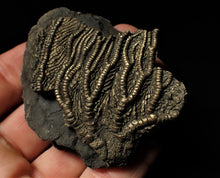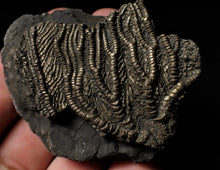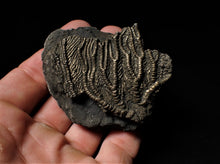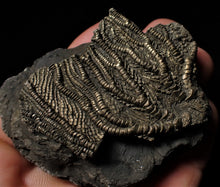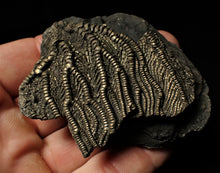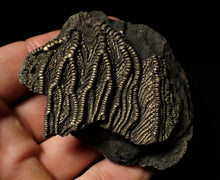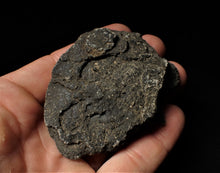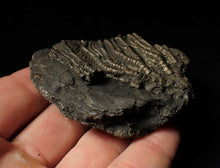
A stunning example of a crinoid fossil of the species Pentacrinites fossilis from the world-famous Jurassic Coast beach of Charmouth, Dorset UK.
The fossil measures 68 mm (2.68 inches) across, which is a good size for this fossil type. The fossil consists of a single partial head preserved with great three-dimensional detail. It is beautifully preserved with a high level of detail in the arms and pinnules and is preserved in calcite with a small amount of pyrite on the surface giving it a metallic shine. It is also preserved on top of a solid piece of limestone. These crinoid heads are rare and not often offered for sale.
Around 196 million years old, this fossil would make a wonderful addition to any collection.
Crinoids are echinoderms closely related to starfish and sea urchins, and have been around for many hundreds of millions of years. They still live today in the deep seas around the world.









